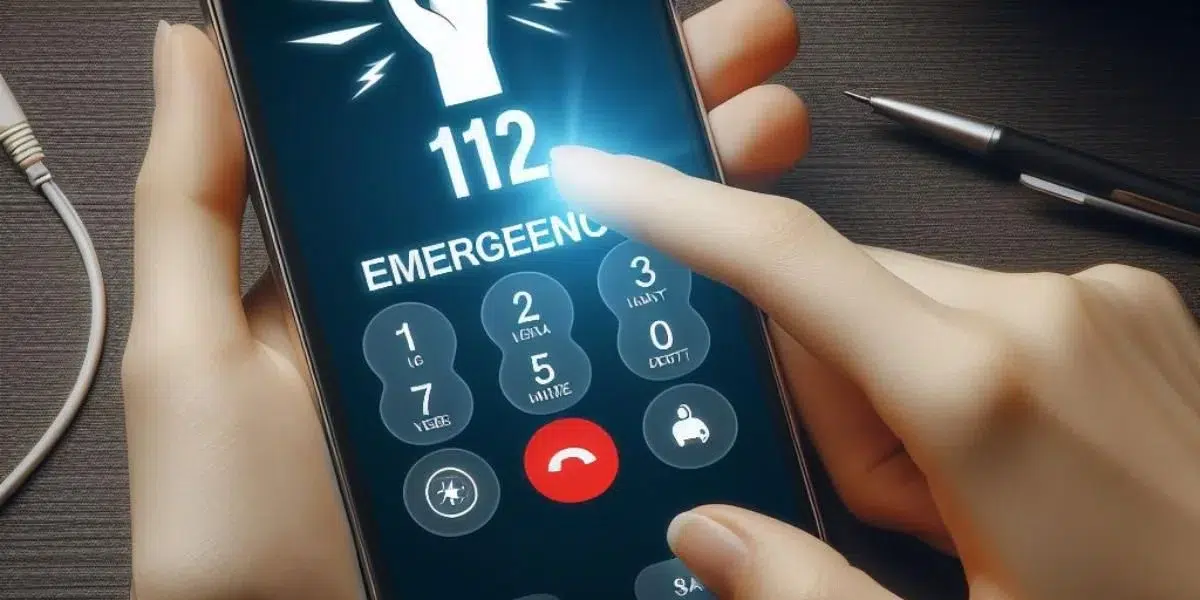Japan Airlines trains its crew to evacuate their planes in 90 seconds flat. So when Flight 516 collided with a Japan Coast Guard plane at Tokyo’s Haneda Airport on the 2nd of January 2024, the 12 crew members led all 367 passengers to safety.
An emergency can happen to any of us; planning ahead strips the emergency of its panic element. A health emergency for us, a loved one, or a neighbour could occur anytime. What would you do?
Here are some guidelines for you to make a plan. Customize it for yourself, keep it updated, and communicate it with others who need to know.
Stay Calm:
Make sure the tone of your voice is calm. This will allow you to think clearly as well as help others around you to think as clearly as possible under the circumstances.
Identify an Emergency:
The following are symptoms of a medical emergency:
- Sudden and severe pain
- Difficulty in breathing
- Uncontrolled bleeding
- Sudden confusion or disorientation
- Sudden dizziness, numbness, weakness, or change in vision
- Vomiting of blood
- Continuous vomiting or diarrhoea
If a family member has a condition, ask the healthcare provider for emergency warning signs and add them to the above list.
Call for immediate help:
Know which numbers to call to get an ambulance. In every country, the numbers are different, so look for them and write them down. 112 is a common emergency number that you can call from any mobile phone, even when it is locked.
Provide clear information:
When you call for an ambulance, quickly provide the age of the person who needs care, explain the problem, when the incident started, and state medical history. For example, “My 71-year-old mother has been finding it difficult to breathe since 2 pm. She had a heart attack about two years ago.”
Maintain a contact list:
Keep a list of contact details of your family members as well as healthcare professionals for medical emergencies. Prepare this list and update it regularly.
Learn common first aid procedures:
You may need to administer emergency cardiopulmonary resuscitation (CPR). It is important to know the right procedure; sign up for a course or check out this video.
First aid kit:
Always have a first aid kit at home, you can get a pre-packed first-aid kit at your nearest pharmacy. Check your first aid kit regularly to ensure that all important items are there and dispose of expired medication.
Here is a sample checklist:
- Alcohol swabs
- Antiseptic cream/solution
- Burn ointment
- Cotton swabs
- Eye wash solution
- Plasters
- Scissors and tweezers
- Bandage
- Adhesive tape
- Disposable gloves
- Thermometer
- Paracetamol for pain and fever
- Activated charcoal for diarrhoea
- Oral rehydration salts to prevent dehydration
- Calamine lotion to soothe insect bites and minor skin rashes
While we all hope that an emergency will not arise, planning could very well mean the difference between life and death.


